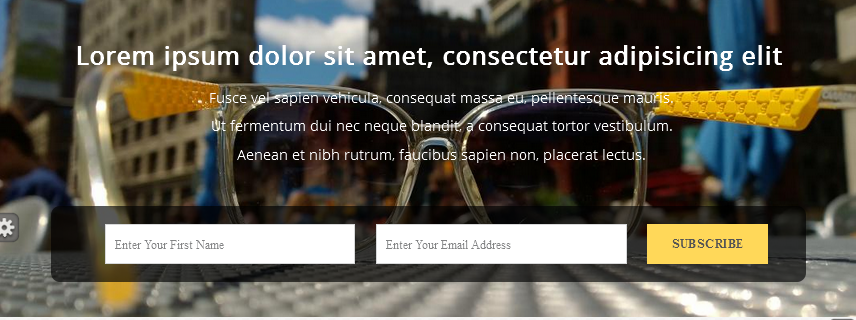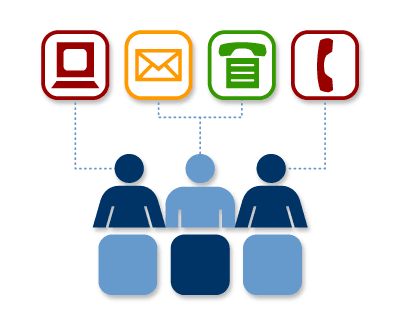Business is booming in the WordPress plugin market.
And some top players seem to do everything right, especially with their pricing models. Their plugins sell better and better.
How come?
It’s their product, business model, and their pricing models.
And, having been in the WordPress industry for a long time, selling WordPress plugins, we wanted to learn about the biggest trends in the business/pricing models that WordPress plugins owners use.
We wanted to analyze, learn and then write about it to help ourselves and the many plugin developers.
Then you’d know what you’re not doing, and have a pricing model that actually sticks.
But before we get into it, let me quickly go through what we actually did, for this post.
We researched the pricing plans and business models of seventy premium plugins. From the renewal system to update policy, we tried understanding almost everything about their business.
And we did it for a broad category of plugins.
It’s simple – analysis of what others are doing can help you in more ways than one. But our three core goals to do it was:
And here’s what we found –
Most plugin developers still have one-time sales as their revenue model.
As many as 76% use one-time sales as their pricing strategy whereas 24% of the plugin developers use a subscription model.
I think one reason for that is – in WordPress Ecosystem, most people consider one-time sales as the only model.
It’s also influenced by the pricing models of WordPress themes.
Thank Goodness, people are realizing this and are making attempts to change this trend.
In this post, Tom Ewer of LeavingWorkBehind, presents some very interesting reasons to consider making your plugin a SaaS.
He suggests the reasons below:
It is time for WordPress plugin developers, and other businesses in the ecosystem, to start considering SaaS as a viable business model for their products.
Apart from SaaS, as Peter Derksen suggests in his blog post here, there are several different business models that plugins developers could try:

Nearly 44% of the plugin owners have three pricing packages in their pricing tables. 30% have four packages, whereas 17% use only one package.
Why Three Package Plan Makes More Sense:
Four packages give visitors more options. However, it could also be true that the lesser the number of options you provide your users with, the easier it becomes for the users to decide on one.

While 50.4% of all plugin developers had no mention of support or license validity, 48% provide one-year support and updates.
It’s also interesting to note that very few of them actually ask their users to renew their license after one year.
In fact, an astonishing 95% of them do not have an auto-renewal system in place. Only 5% do.
Now you may be wondering, what use is a renewal system anyway?
Plenty useful, actually.
You may be queasy about charging for a valuable update for your plugin. But think about it this way – your users would benefit from it. How?
The development, the support, the office, the hosting, everything costs you. If you are legitimately paid a little more for these costs that you incur, in return, your service to your customers can improve.
However, in order to be able to ask for renewal, you need to add more concrete features than just incremental/minor updates. Few of your users may buy with minor changes; however, in order to get have renewal rate, more conversion, it needs to offer new, more current with the industry trends.
But that does not mean that you shouldn’t charge for updates and support beyond one year.
Most plugin users seem to be indifferent to whether their plugins are updated or not. And that’s one reason why there’s not much emphasis by plugin developers on users renewing their products after a year.

Chris Lema, said long ago that WordPress plugin prices are too low. And he was right. Sadly, the situation hasn’t improved drastically yet.
Most plugins that we analyzed are undervalued.
And unfortunately, it is true even for our Optin Feature Box plugin.

A couple of reasons behind why we think that plugin prices are low are:
To give you a perspective, we spent almost 700+ developer hours to create our pricing table plugin.

Have been maintaining it ever since. And our best-selling package is $57.00. And we charge approximately $25 per hour for development to our consulting clients.
With that price, the development cost is approximate: $17,500, which is a fairly large amount. Although the number of sales required to break even is not pretty high, what makes it really expensive is the baggage of consistent support/updates it follows.
Hence the one-time $57.00 sounds quite cheap. But we have started to explore different pricing models for the same.

That’s right, 100% of the plugins, all of them – have a free version available. Either on the WordPress repository or on their website.
14% have the free version listed on their own website, while 86% of a free version on the WordPress repository.
This large majority is because the WordPress repository is such a great option for developers to get additional exposure, for their plugins.
Developers have access to an existing, free, wide audience that they can directly market to that audience on their own too.
All of our Plugmatter plugins Lite versions on the repository have about a 3-4% conversion rate to the paid version.
Considering that there are 74.6 million sites on the WordPress.org platform, there’s a likely chance that if you find a niche and solve a problem within that niche with your plugin, you’re likely to find demand for your plugin.
Hence having it on the free directory could be a win.

Asking for a one-time payment leaves a lot of money on the table.
Why?
The one-time sale model works best if you develop a product, and then want to forget about it.
WordPress plugins are a piece of software that needs to not only work seamlessly within the WordPress framework but also with thousands of different WordPress themes.
Most plugin developers add new features or improve the user interface as part of their product strategy. So it is only justified if they charge for it.
As a substitute to the recurring payment system, plugin developers also have the option of offering an auto-renewal system, to charge users for the second year of updates and support.
As a third option, they can simply charge higher, and provide lifetime support.
I see that most plugin developers think users will not buy expensive products. We presumed this too.
But the truth is – if your product provides enough value; you can charge a premium price on the plugin, and you can find an audience.

You may have an awesome-looking landing page.
But if you do not have a refund policy page on your website, you’re responsible for decreasing your own conversion rate.
What surprised us the most is that almost 32% of the plugin developers had no refund policy for their plugins. And the remaining 68% of the plugin owners offered a no-questions-asked refund.
Remember, having a refund policy allows customers to:
These two inferences help incentivize a potential customer to take the leap of faith with your plugin.

We have tens of thousands of free users for all 4 of our plugins, and the users for our Google Docs add-on. I’d say the freemium model works, for a couple of fundamental reasons.
It could be because the core feature is compelling enough for people to purchase upgrades on. Or because the barrier of entry is lowered, as it is quite literally, free. And since it’s free, it’s easier to give the benefit of the doubt to the plugin.
Once you do have some sort of a customer base for your free plugin, you can leverage them by –
There’s been a new wave of WordPress plugins on the market, all working under a slightly different kind of freemium model. Earlier, the premium version of a plugin had the upgraded version of the free version, often simply restricting some (crucial) features.
Plugins like WooCommerce and EasyDigitalDownloads, however, have pioneered a new kind of freemium model.
It’s about offering a free base plugin with all crucial features intact, upon which developers can layer paid add-ons. Many WordPress developers have adopted this model, including Thad Allender of Graph Paper Press.
But there are very few people who currently do not use this model, perhaps due to development issues or due to their solution itself.
So although almost every plugin that we looked at was under a freemium model, very few use the model of WooCommerce or EasyDigitalDownloads.

Another uncommon model is where the entire plugin is free, but the pricing is only for support.
Perhaps the idea is to make users get used to the plugin. If they want to customize using it even further, the developers can charge for it – as users are already hooked.
Here’re my thoughts on this model.
The term “free” may indicate that a particular product might not be as valuable as it may be. It can even, at times, hinder people from trying out your product.
It can incur significant overhead for the plugin author. He’d have to maintain a plugin that drives revenues from only a certain percentage of people who need support. Remember, not everybody requires support.
This model can work really well if you have a large-scale enterprise plugin, that’ll require significant assistance to set up and use.
Interestingly, some of the pricing tables for these plugins lack a few basic conversion elements.
Here’s what I mean:

40% of the pricing tables did not highlight their most popular/valuable package in their pricing charts, even though they have multiple packages.
Also, 50% of the pricing tables did not mention how long customers would receive support/updates.
While 45% of businesses offered a year’s worth of support and updates, most of them had nothing on their pricing pages indicating how long people would receive support and updates. It’s a crucial factor that buyers consider before buying WordPress plugins. Or any software as such.

What is a developer package?
A developer/enterprise/agency package is the version of your plugin that lets users use it on any number of websites they want.
Only 40% of the plugins had a developer or enterprise version, that is, 60% of plugin developers have ignored an effective monetization strategy.
Developer packages can increase brand awareness. Opening it up to other plugin developers is quite literally opening it up to a broader, larger market.
At Plugmatter, a whole 10% of our sales can be attributed to our developer packages, meaning developers we sell our plugin to can use our plugin any number of clients that they have.

Get weekly actionable tips, insights and case studies to maximize your results.